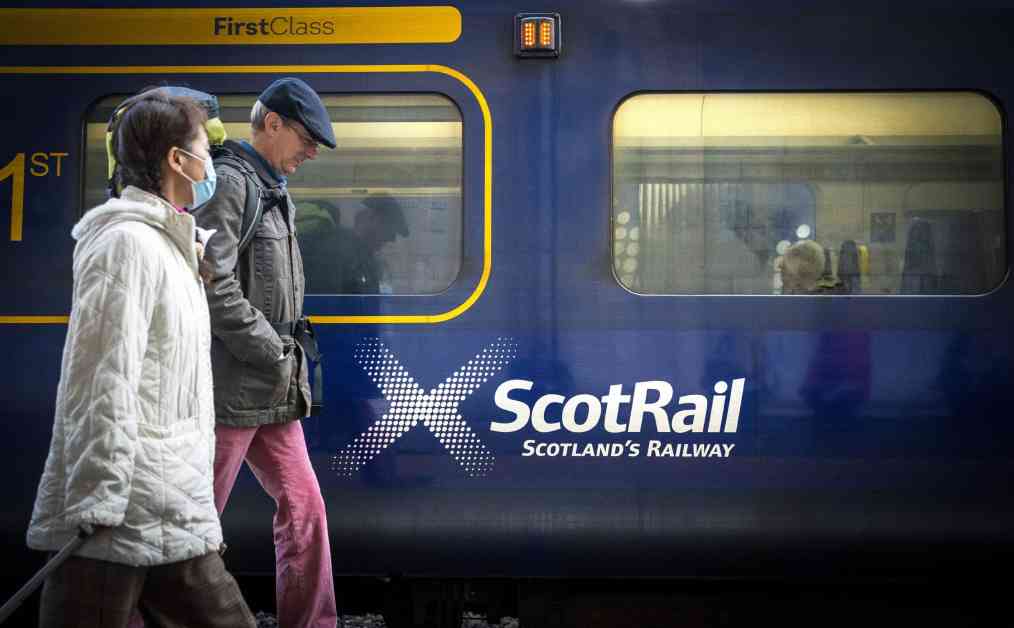Between October 14, 2023, and October 14, 2024, more than 700 trains traveling between Aberdeen and Inverness experienced delays or cancellations. Specifically, 263 ScotRail journeys from Aberdeen to Inverness, accounting for 5.68% of the services, were delayed by at least 10 minutes. On the other hand, 345 services from Inverness to Aberdeen, making up 4.48% of the total, also faced delays of 10 minutes or more.
In addition to delays, figures obtained through a Freedom of Information request showed that 45 trains from Aberdeen to Inverness and 46 trains from Inverness to Aberdeen were delayed by at least 30 minutes. Moreover, over 100 trains connecting the two cities were either fully or partially cancelled during the same period. Specifically, there were 34 full cancellations and 17 partial cancellations on the Aberdeen-Inverness route, while there were 40 full cancellations and 16 partial cancellations in the opposite direction.
Comparing these cancellation numbers to the national average, the percentage of full cancellations on the Inverness to Aberdeen route was 1.24%, and on the Aberdeen to Inverness route, it was 1.15%. These figures are notably better than the national average of 2.3% for cancellations between April 2023 and March 2024, as reported by the ORR.
In response to these statistics, ScotRail expressed that they believe performance levels are showing improvement. Mark Ilderton, ScotRail’s service delivery director, acknowledged the efforts of the railway staff in providing safe, reliable, and environmentally friendly public transportation. While over 98% of services between Inverness and Aberdeen operated without cancellation, and more than 9 out of 10 trains ran without significant delay, ScotRail recognizes that there is still room for improvement.
Furthermore, Network Rail highlighted their ongoing efforts to enhance customer service and ensure a reliable railway system for passengers. Investments have been made in the Aberdeen-Inverness line, including upgrades to signaling systems, new tracks, and stations. These initiatives aim to provide a more efficient and dependable rail service for commuters traveling between the two cities.












